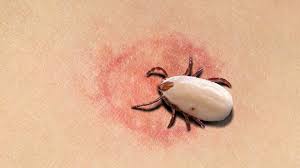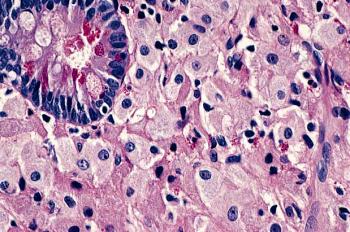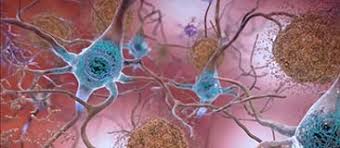Lyme disease also called Lyme borreliosis, is an infection that derives from a tick bite. It is caused by a kind of bacteria (germ) called a spirochete. This bacterium is usually found in animals such as mice and deer. Lyme disease is diagnosed based on symptoms, physical findings (e.g., rash), and the possibility of exposure to infected ticks; laboratory testing is helpful in the later stages of disease. Most cases occur in the Northeast, upper Midwest, and along the Pacific coast. Mice and deer are the most commonly infected animals that serve as host to the tick. Most infections occur in the late spring, summer, and early fall. These ticks are found in grassy areas (including lawns), and in brushy, shrubby and woodland sites, even on warm winter days. If left untreated, infection can spread to joints, the heart, and the nervous system. Lyme disease is a vector-borne disease, meaning that it is transmitted from one host to another by a carrier- called a vector- that transmits but does not become infected with the disease.
is an infection that derives from a tick bite. It is caused by a kind of bacteria (germ) called a spirochete. This bacterium is usually found in animals such as mice and deer. Lyme disease is diagnosed based on symptoms, physical findings (e.g., rash), and the possibility of exposure to infected ticks; laboratory testing is helpful in the later stages of disease. Most cases occur in the Northeast, upper Midwest, and along the Pacific coast. Mice and deer are the most commonly infected animals that serve as host to the tick. Most infections occur in the late spring, summer, and early fall. These ticks are found in grassy areas (including lawns), and in brushy, shrubby and woodland sites, even on warm winter days. If left untreated, infection can spread to joints, the heart, and the nervous system. Lyme disease is a vector-borne disease, meaning that it is transmitted from one host to another by a carrier- called a vector- that transmits but does not become infected with the disease.
Lyme disease is an occupational concern for people who work outdoors in certain areas infested with ticks. A tick will settle anywhere on a human body, but prefers warm, moist and dark places like the crotch or armpits. If Lyme disease spreads to the heart, the person may feel an irregular or slow heartbeat. The disease varies widely in its presentation, which may include a rash and flu-like symptoms in its initial stage, followed by musculoskeletal, arthritic, neurologic, psychiatric and/or cardiac manifestations. It can affect people of any age. The number of cases of the disease in an area depends on the amount of ticks in an area and how often the ticks are infected with the bacteria. The disease can sometimes be difficult to diagnose because the symptoms may mimic other diseases. Lyme disease may cause symptoms affecting the skin, nervous system, heart and/or joints of an individual. It is named after the town of Old Lyme, Connecticut where a cluster of cases was identified in 1975, although clinical features of the disease had been described in Europe as early as 1909. There are more than 16,000 cases of Lyme disease per year in the United States. People who spend time in grassy and wooded environments are at an increased risk of exposure.
Causes of Lyme disease
The common causes and risk factor’s of Lyme disease include the following:
Lyme disease is caused by an infection from a micro-organism (Borrelia burghdor feri), itself transmitted by a bite from the wood tick, a blood-sucking parasite which normally lives on deer.
Risk factors for Lyme disease include walking in high grasses, other activities that increase tick exposure, and having a pet that may carry ticks home.
Having exposed skin.
People who spend time in grassy and wooded environments are at an increased risk of exposure.
Not removing ticks promptly or properly.
The disease can be spread when an infected tick bites a person and stays attached for a period of time.
Symptoms of Lyme disease
Some sign and symptoms related to Lyme disease are as follows:
The first sign of infection usually is a circular rash that appears within 1–2 weeks of infection but may develop up to 30 days after the tick bite.
Unusual or strange behavior.
Flu-like symptoms. A fever, chills, fatigue, body aches and a headache may accompany the rash.



